talkingfashion » vintage jewelry and accessories
-
The Heady History of the Hand Fan
The Heady History of the Hand Fan
By Paige McKirahan
When considering all of the accessories that are used for both utilitarian and decorative purposes, one of the first to come to mind is that of the hand fan. Though this ornamental piece was widely popular in Victorian Eras as a foreign symbol of wealth and class, their origin lies centuries prior in ancient Egypt, Greece, and Rome. After two elaborate fans were discovered in King Tut’s tomb, their gilded appearance solidified the fan’s prominent presence in the accessory world.

(photo credits to pinterest.com)
The fan, which was originally thought be a sacred instrument, was used in religious ceremonies and by royalty in noble settings. They were also used in China in association with ancient mythical and historical characters. At their conception, they were fixed and remained as so until Chinese culture birthed the folding fan and spread it westward towards Europe. Both Chinese and Japanese legends credit their respective countries with creating the piece; the Japanese feel that the folding style is modeled after the wings of bat, and the Chinese legend claims the idea stemmed from a woman fanning her face at a festival.

(photo credits to clickpicx.com)
The 17th century then saw an increase in the use of folding fan, eventually causing fixed fans to become obsolete. This style was brought to Western cultures by merchant traders and religious missionaries, and prompted the development of the printed fan, which was made available to all classes. They generally featured prints of all kinds, either painted or transferred on, and shifted from biblical tradition to contemporary pastimes. The Impressionist, Art Nouveau, and Art Deco movements highly impacted the design and construction of fans from the 19th to the 20th century . The 19th century boast some of the most lavish fan designs in history and they were usually hand painted, furnishing those in royal positions. In the 20th century, feathered fans became popularized by those in high society and ostrich plums could be see floating through the air at every Moulin Rouge show!
Even though fans are not presently part of the everyday fashionista’s accessory arsenal, they still can be seen at royal events and in haute couture shows. We here at TalkingFashion think that something so grand should never go out of style, so to get your own fashionable fan, check out our fantastic collection here!
Sources:
History of Fans. (n.d.). Retrieved from https://www.thefanmuseum.org.uk/fan-history
A Brief History of the Hand Fan. (2008). Retrieved from https://web.ics.purdue.edu/~salvo/@SEA/exhibit/history.asp
-
Headpiece Heaven: Five Fabulous Ornamental Accessories
Headpiece Heaven: Five Fabulous Ornamental Accessories
By Paige McKirahan
When it comes to the evaluation of headwear as an accessory rather than something worn out of necessity, it can truly make or break an outfit. Adding a scarf or hat to compliment a piece is customary, but what about more lavish head ornaments that are typically sported by royalty or those strutting the red carpet? Read on to learn about hair and head ornaments that emulate opulence from the top down!
This eclectic headwear is a more decorative alternative to the hat. Its roots can be traced back the Renaissance where it was customary for Christian women in Europe to sport head coverings. The use of the term came into circulation to describe the evolutionary form of this headpiece towards the end of the 20th century. Presently, it is typically worn at events where hats are customary and is accompanied by formal attire. They are commonly worn by woman as a covering during church services, weddings, or horse racing events. They are seen in great volume at royal events and Princess Beatrice of York wore a piece to Prince William and Catherine Middleton’s wedding that was so unusual, it became an internet sensation!
Tiara:
A tiara is a specific type of crown that tends to be bejeweled and ornamental in style. Appropriate for formal occasions of the white tie variety, this headpiece originates in Persia as a status symbol. The use of tiaras in ancient times declined with the rise of Christianity, but they saw a revival in the 18th century when Neoclassicism popularized the accessory for female adornment. Despite the fact that this revival was geared toward royalty, this piece has also been worn by wealthy commoners. The style is popular in the costume jewelry industry where they are worn by women for special occasions including homecomings, proms, quinceaneras, pageants, or weddings.
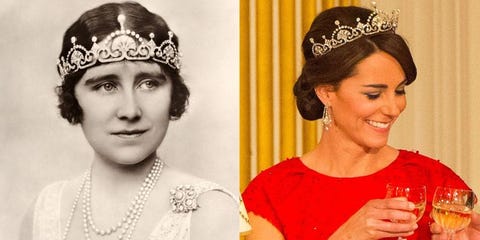
(image credits to harpersbazaar.com)
Hairpin:
The hairpin can come in many forms, but its basic function remains the same: to hold one’s hair in place. Whether the piece is elaborate and ornamental or utilitarian like a bobby pin, they are essential in creating different hairstyles. Coming from ancient Egypt and China, they were worn by all genders and were essential to hairstyling. They can also be used to note one's social or marital status. Now, they have a more decorative appearance and can be in the form of a barrette, bobby pin, or classic long straight pin.

(image credits to pinterest.com)
This hair accessory can be considered a variation of the hairpin; it is decorative and functional, with its main purpose being to hold a hat to the head. It was invented in Britain in the early 1800s and after its conception, the demand grew so great that a machine was created so it could be mass produced. In the late 1800s, bonnets became widely more circulated than hats, forcing hairpins into the closets of millions. They continued growing in popularity until the early 1900s until women began using them for self-defense purposes. They then began being regulated and their length decreased in order to deter wearers from using them as weapons.
Crown:
As the most traditional of headpieces on this list, the crown is a symbolic headwear typically won by royals. They represent power, victory, honor, glory, and legitimacy, and are often emblematic of the monarchy. These pieces can feature natural motifs, and they often are adorned with an assortment of expensive jewels. There are a variety of crown types and they can be used in coronations, at state occasions, or during weddings. You can even find their style being copied for novelty events (think Burger King's kid crowns!)

(image credit to us.hellomagazine.com)
Has Megan Markel and Harry's wedding got you feeling headpiece crazed? We can sate your desire for this royal glamour from the top down! Take a look at our collection to find headpieces for every occasion!
-
Designer Spotlight: Angela Caputi
Designer Spotlight: Angela Caputi
By Paige Mckirahan

(photo credits to advancingwomenartists.com)
This week, we figured that it would only be appropriate to spotlight one of our favorite Florentine designers, Angela Caputi, as she is a lover of the cross motif. Working out of a small shop in the historical "Palazzetto Mediceo", this bijoux aficionado has been creating pieces reminiscent of 1940s American Hollywood since 1975. Her brand quickly became popularized in the world of couture costume jewelry, catching the eyes of consumers, museums, and high fashion stylists alike. These pieces of art are heavily researched and always evolving; her signature style involves pieces that are created using simple materials with a variety of curated colors and shapes. In her domination of the global market, her creations have seen many movie sets and high fashion shoots since the brand's conception. Interested in owning one of her awe-inspiring bijoux artworks, click here to see what we have to offer! For more on her story, we invite you to visit her website.
Sources:
Angela Caputi: History. (2015). Retrieved from http://www.angelacaputi.com/en/history/
-
Fashion’s Favorite Gifts
Fashion’s Favorite Gifts
By Paige McKirahan
Hello TalkingFashion lovers! It is finally December; since its the season of giving, we feel that there is nothing better to give or receive than the gift of fashion! If you’re one of the elves who has made a dent in their holiday purchases with our cyber sale last week, you’ve got the right idea! But if you’re like me and haven’t even came close to formulating gift ideas for your loved ones, not to fear; the perfect holiday gift inspiration is here! We have decided looked at some of our favorite fashion fanatic’s holiday gift lists and found some great ideas for the most flamboyant to the most minimalist on your list. Read on to see our top five gift ideas from the industry's finest and how you can find similar items in our store to get that quick holiday fix!
Marina Larroude, fashion director at Barneys New York, says she looking for shine this festive season.
She would love to add more sparkles to her wardrobe for the holidays; she specifically mentioned a sparkling Sonia Rykiel bag, but you can find some shimmering pieces right in our collection!
Dion Lee, women’s ready-to-wear designer, is all about giving jewelry to her loved ones.
The talented creative claims that the only purchase she's made so far this winter is a custom jewelry piece. She finds jewelry to be one of the best gifts because of its “intimate and timeless” feel. We agree, Dion!
Rickie De Sole, fashion director at W, is hoping for a new timekeeping piece this Christmas.
He claims that classic watches that go with everything are essential to ones outfit; this is proven by the fact that he's worn the same watch since college! He loves the Chanel Boyfriend style, and it has been the only piece that have prompted him to consider breaking his longstanding devotion to his current watch! Check out a similar style below!
Michelle Cordeiro Grant, founder and CEO of Lively, is all about vintage pieces with a story.
Number one on this boss woman’s list is vintage scarves or other vintage accessories from secondhand stores! She loves when her gifts have a story and a well known history as it adds new depth to any classic piece.
Tanya Taylor, Toronto-born designer, is in the market for beach-inspired fashions!
This colorful designer loves all things tropical; this ocean affintity stems from her son's name, which is palmer! Palm themed accessories and earrings are a sure to be a success under the tree this year!
To shop any of the items you see above, click on the image to buy with ease! For other gift options, head over to our collections and start checking off those items on your list!
-
History of the Watch: A Timeless Timekeeping Accessory
The Watch: A Timeless Timekeeping Accessory
By Paige McKirahan
The neverending passage of time is what that we base all of our daily schedules on; from sleep to work to the next fun party, everything runs on the basis of time. But, what is time without a timekeeping device? Without them, we would never be quite sure if were truly on time, and for chronically late people (like myself), this would create quite a problem. People found this to be increasingly troublesome and started looking for a solution; yes, clocks on the wall tell us all we needed to know, but how would we have this knowledge if we were out and about or a clock wasnt near? This question was answered with the creation of the wristwatch in the early 1800s for the Queen of Naples.
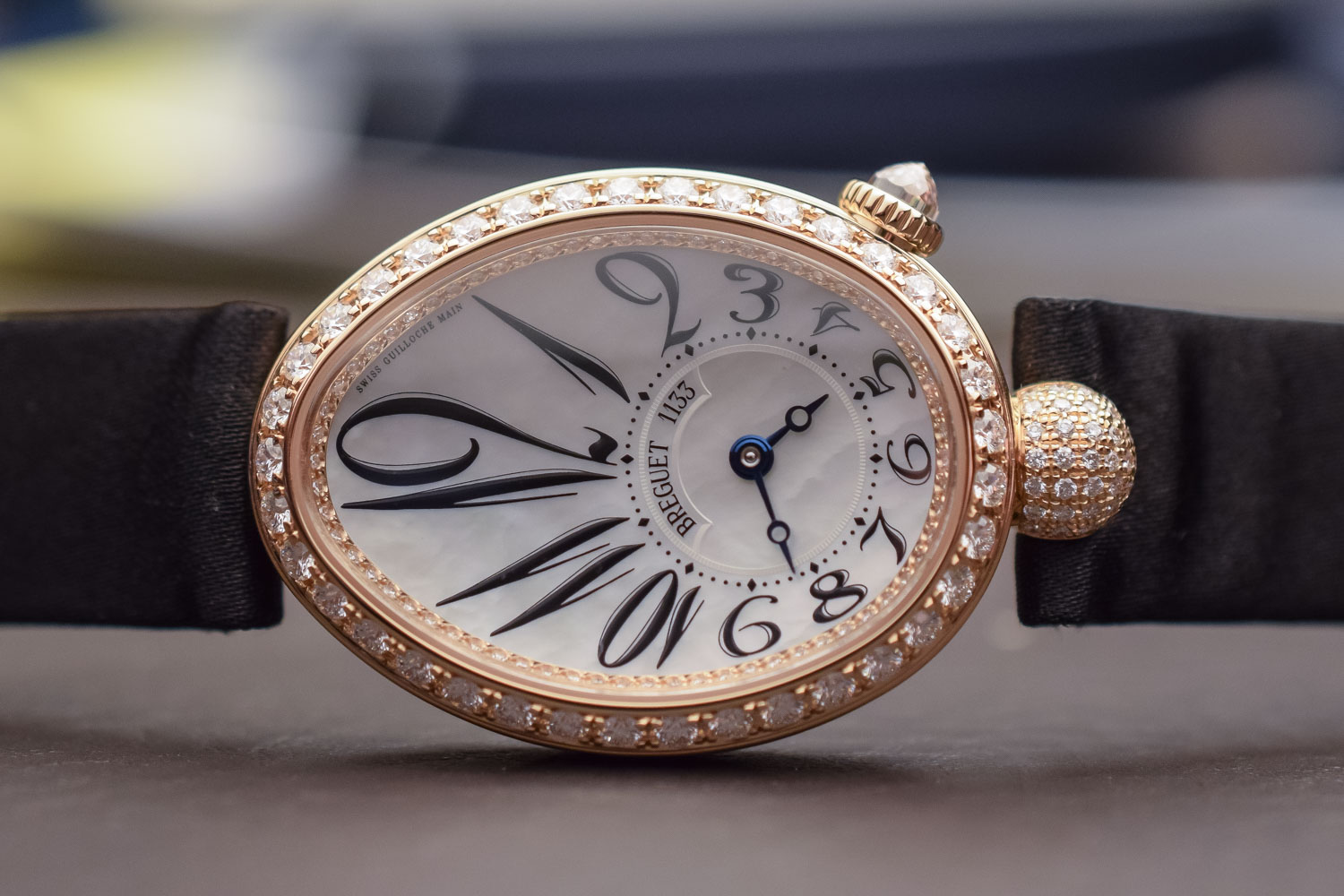
A replica of the first wristwatch
(photo credits to monochromewatches.com)
Despite the fact that arm watches were actually created in the 1570s, they were not worn on the wrist and weren't particularly popular with the public until this updated 17th century design. Arm watches were more so worn by women on account of the fact that they were prone to damage; men wore pocket watches and the first was created in 1574. Wristwatches changed this dynamic on account of the fact that men in the military advocated for the accessory as it allowed them to keep track of time with ease. Alberto Santos-Dumont, a Brazilian aviator, reached out to his friend Louis Cartier to come up with a style that of watch that would allow him to keep both hands on his controls while still being able to properly time flights. Cartier collaborated with watchmaker Edmond Jaeger to develop the Santos wristwatch, which is one of their brands cornerstone pieces.
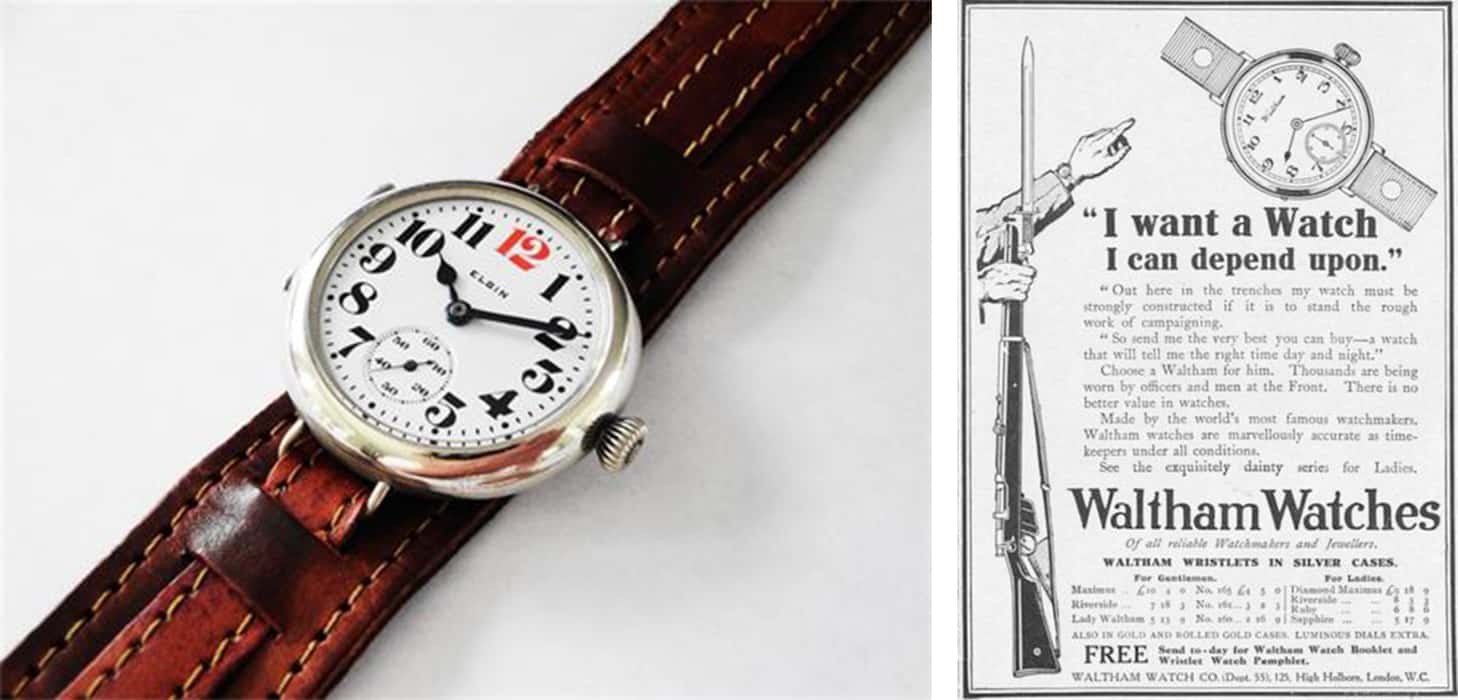
Military watch ad from WWI
(photo credits to wornandwound.com)
As we progressed towards the first World War, the popularization of watches for those in the military grew; the wristwatches they were given were referred to as “trench watches” and they established themselves as part of the Officers Kit for the war front. After this time, this accessory began to truly evolve as industrial advancements allowed for the production of wristwatches with automatic winding. John Harwood, a watch repairer, claimed patents for this ingenuity in 1923 after he was the first who managed to use the kinetic power garnered from the watches' hand movement to changing mechanisms. He then started producing these watches in a factory in Switzerland in 1928, which gave the public a chance to purchase one of his timekeeping pieces that could work for 12 hours on a full charge. In the 1950s, fully electric watches were introduced, with the balance wheel being powered by a solenoid, which is a thin wire trapped around a metallic core that procures electric currents.
This new electric watch allowed for the birth of the quartz watch, which removed all moving parts in mechanical watches; this 1969 invention instead used a battery, allowing them to be more shock absorbent and accurate without constant cleaning or oiling. Quartz watches are still manufactured today, but some luxury Swiss brands choose to create non-quartz options by hand. Today, watches can be made of stainless steel, silver, gold, titanium, carbon fibre, platinum, and aluminum. Some manufacturers even use more high tech silicons and ceramics in experimental design. Aside from regular watches, though, smart watches have made waves in wearable timepieces in the past five years and can be seen on the wrists of millions. Apple, Samsung, and Google have all created their own smart technology, opening the door for other new watches that can be connected to smart devices. Whether you are a fan of the classics or are going all digital, read on to see where your preference falls in the top 5 most iconic watches of all time!
The Cartier Santos
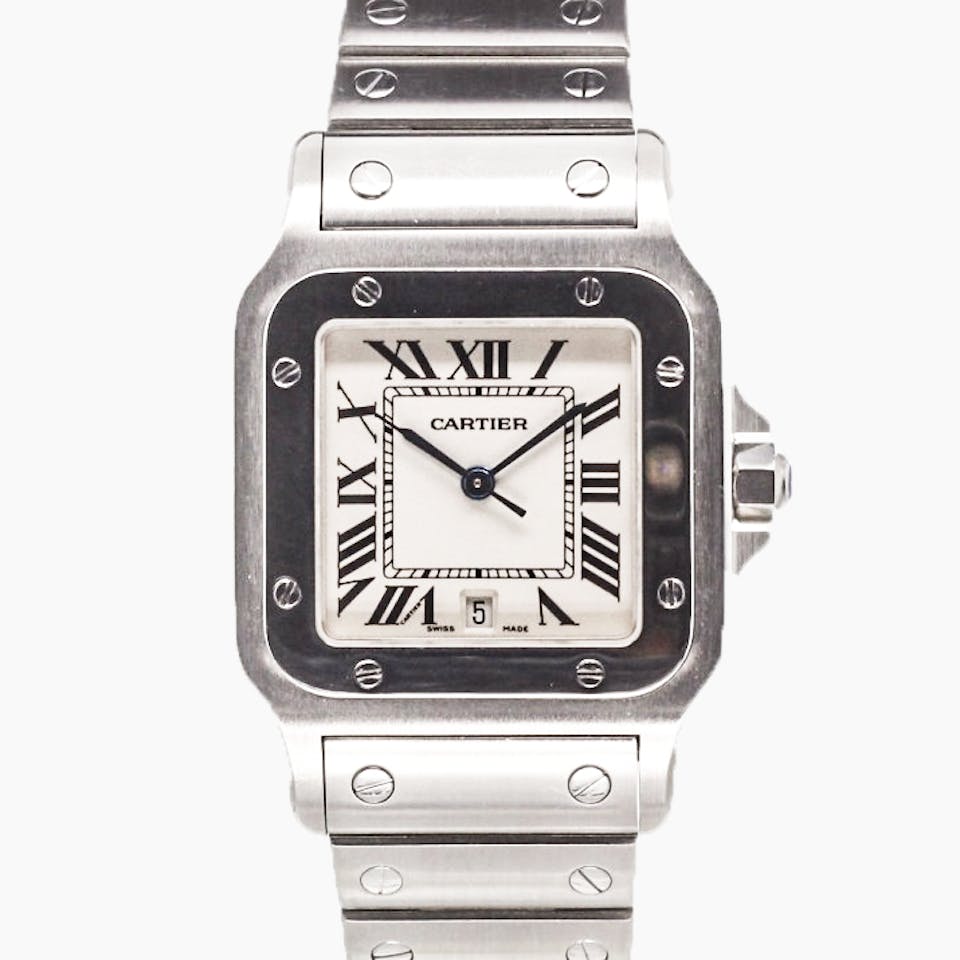
As we learned, this watch was one of the first of its kind and was created to help Alberto Santos keep time while flying his plane. Today, it is an iconic style who’s elegance and history lures in all types of buyers.
Jaeger- LeCoultre Reverso
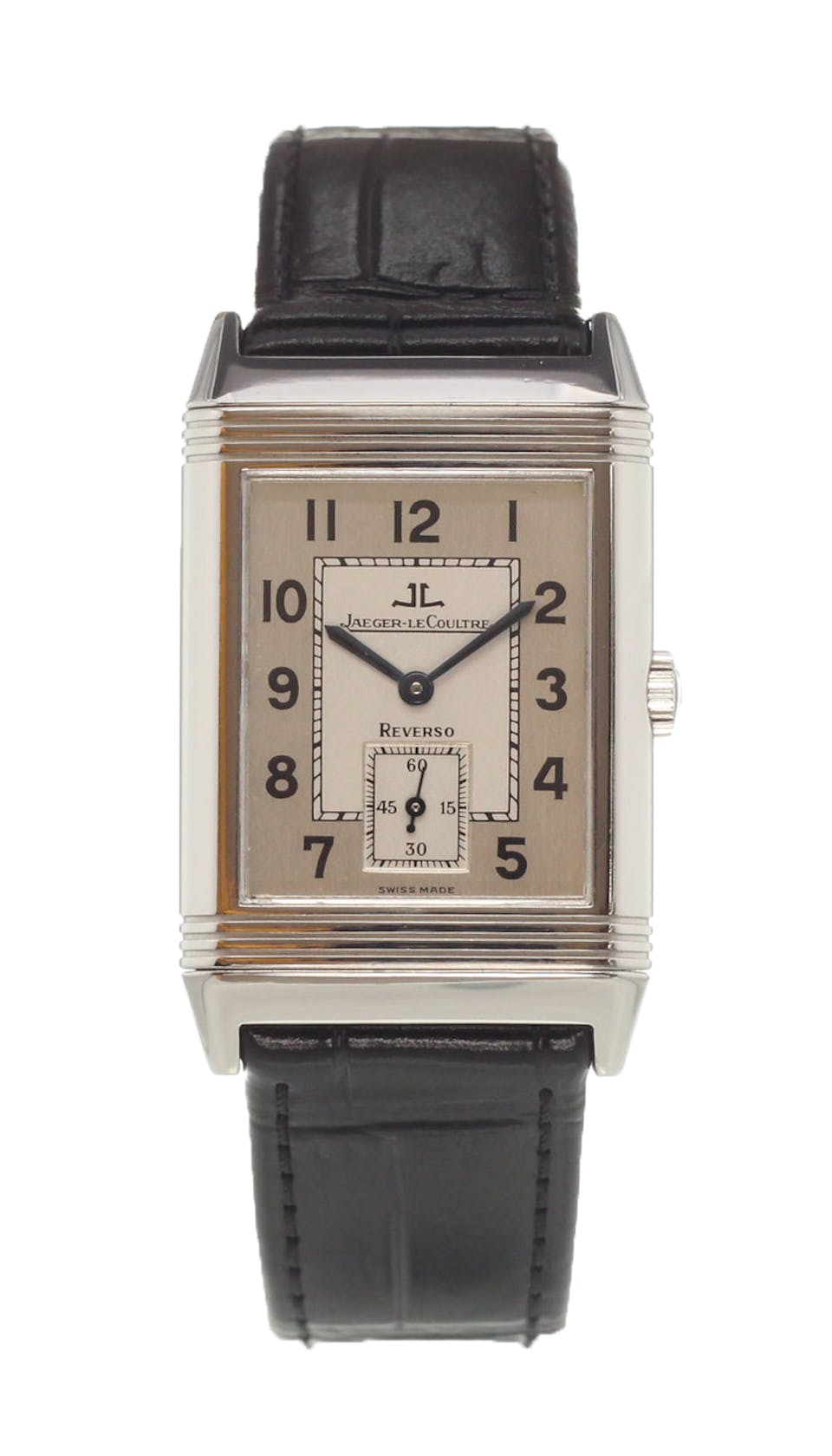
This Art Deco piece made it debut in 1931 as a watch for Britian's elite polo society. It featured a casing that was on a swivel, which ultimately protected the watch from cracks caused by force. Its classic, angular style sets it apart from the rest, appealing to collectors everywhere.
IWC Pilot’s Watch
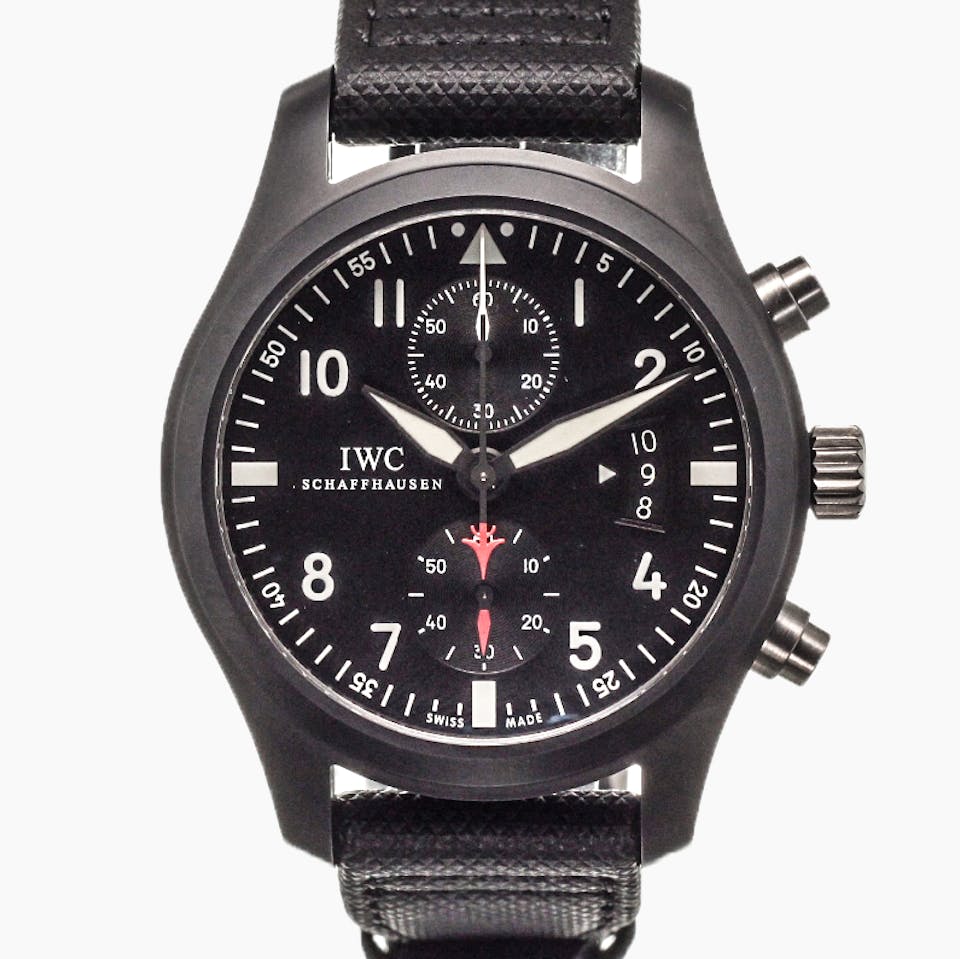
This Special Pilot's watch was the first of its kind at the time of its release by IWC in 1936; it prompted a collection of other military grade watches that captured the praise of the public for decades. This timepieces features a stainless steel waterproof casing that surrounds a softer inner cage, protecting the movement from magnetic fields.
Patek Phillippe Perpetual Calendar Chronograph

This timepiece was one of the first of its kind as it was able to keep track of the date for 200 years without adjustment. Patek released this watch in 1941 and it took the timekeeping community by storm as it was also able to measure small increments of time. Today, it is still widely sought out by collectors and leisure wearers alike.
Rolex Datejust
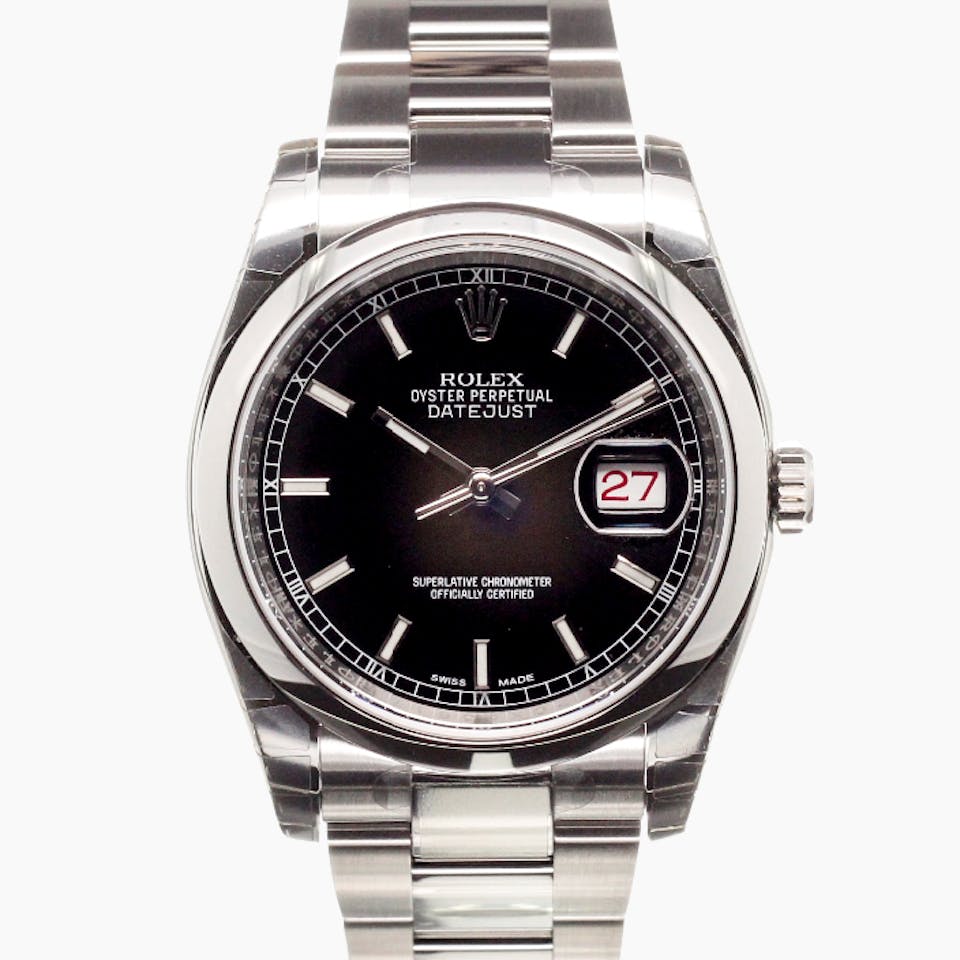
As one of the most iconic watch brands of all time, Rolex released the Datejust in 1945 and it was distinguished by its date indicator. This designs trademark was the Cyclops lense, and its original design has been nearly unchanged. A symbol of strength and intelligence, this timepiece has been worn by the likes of Winston Churchill and Dwight D. Eisenhower.
(all above photo credits to chronext.com)
If you're looking for a way to avoid being fashionably late while still being chic, check out our collection of timekeeping accessories!












